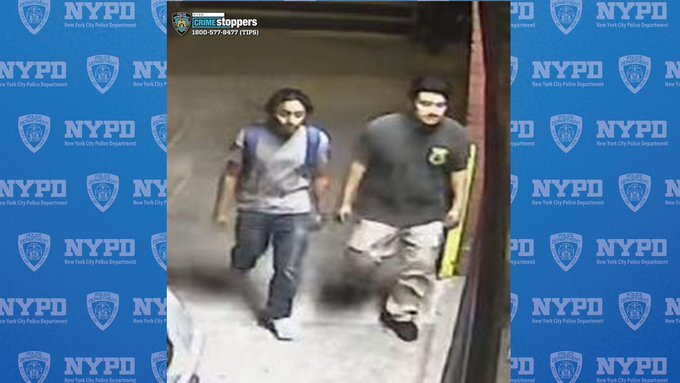By Patrick Donachie
State Sen. Joseph Addabbo (D-Howard Beach) and Assemblywoman-elect Stacey Pheffer-Amato joined the call last week for New York state to allow a special type of DNA testing that could develop new leads in the unsolved murder of a Howard Beach jogger last summer.
Addabbo and Pheffer-Amato co-signed a letter to Michael C. Green, the executive deputy commissioner for the New York State Division of Criminal Justice Services, dated Dec. 22. In the letter, they implored the commission to approve the use of “familial searching” in DNA data banks. They cited the murder of Karina Vetrano, who was killed Aug. 2 and was found in Spring Creek Park in Howard Beach.
Authorities recovered DNA of an assailant at the scene, but searches in DNA data banks have not led to a match. Using “familial DNA” searching could help investigators potentially pinpoint family members of a suspect.
“The tragic and brutal murder of Karina shook Howard Beach and the surrounding communities in many ways, and her family still must cope with the burden of her killer not yet being caught,” Addabbo said. “I believe it is imperative that we use the resources and technology we have available to not only find the person responsible for this young woman’s death and ensure the highest level of consequence, but to ease the fears of my constituents who know a dangerous individual is still out there.”
Queens District Attorney Richard Brown also expressed his support for authorizing familial DNA searches in New York state several weeks ago. He cited Vetrano’s murder, and said the familial DNA searching could have an impact on other unsolved cases. The commission announced it will hold a hearing Feb. 10 to consider whether such searches will be allowable in the state, according to Addabbo’s office.
The investigation into Vetrano’s murder is ongoing and several weeks ago police released information that could potentially pertain to the killer. Police said the suspect was likely familiar with Spring Creek Park, and may have visited or even lived in the park prior to the murder. The killer may have stopped visiting or living in the park afterwards, according to police, and “may have provided a seemingly reasonable excuse for this change in behavior to others. He may have even suggested his avoidance of the park was due to the danger there,” according to the NYPD report. It is possible the individual in question might have looked like they were in a fight or struggle, police said.
Police encouraged anyone who might have information to reach out to authorities.
Reach reporter Patrick Donachie by e-mail at pdona


































